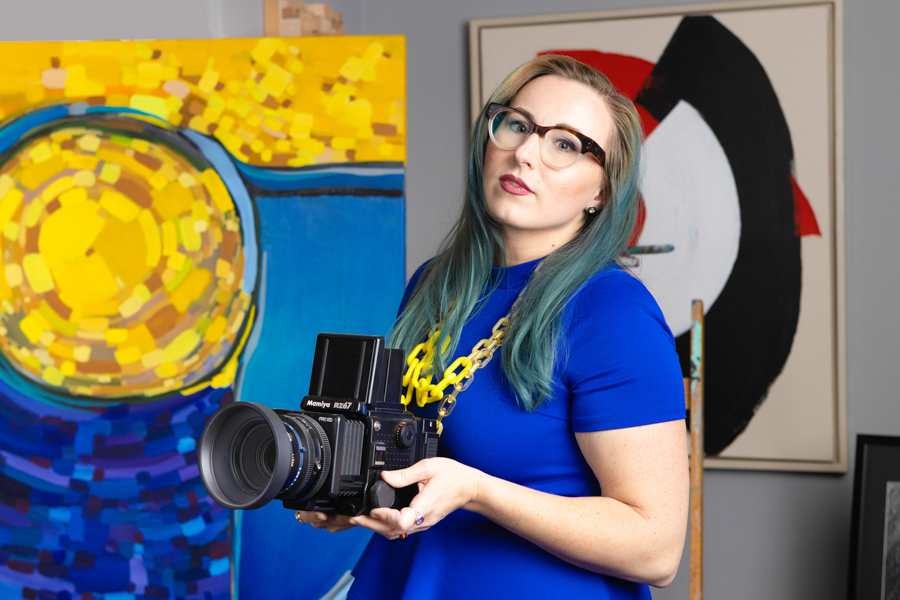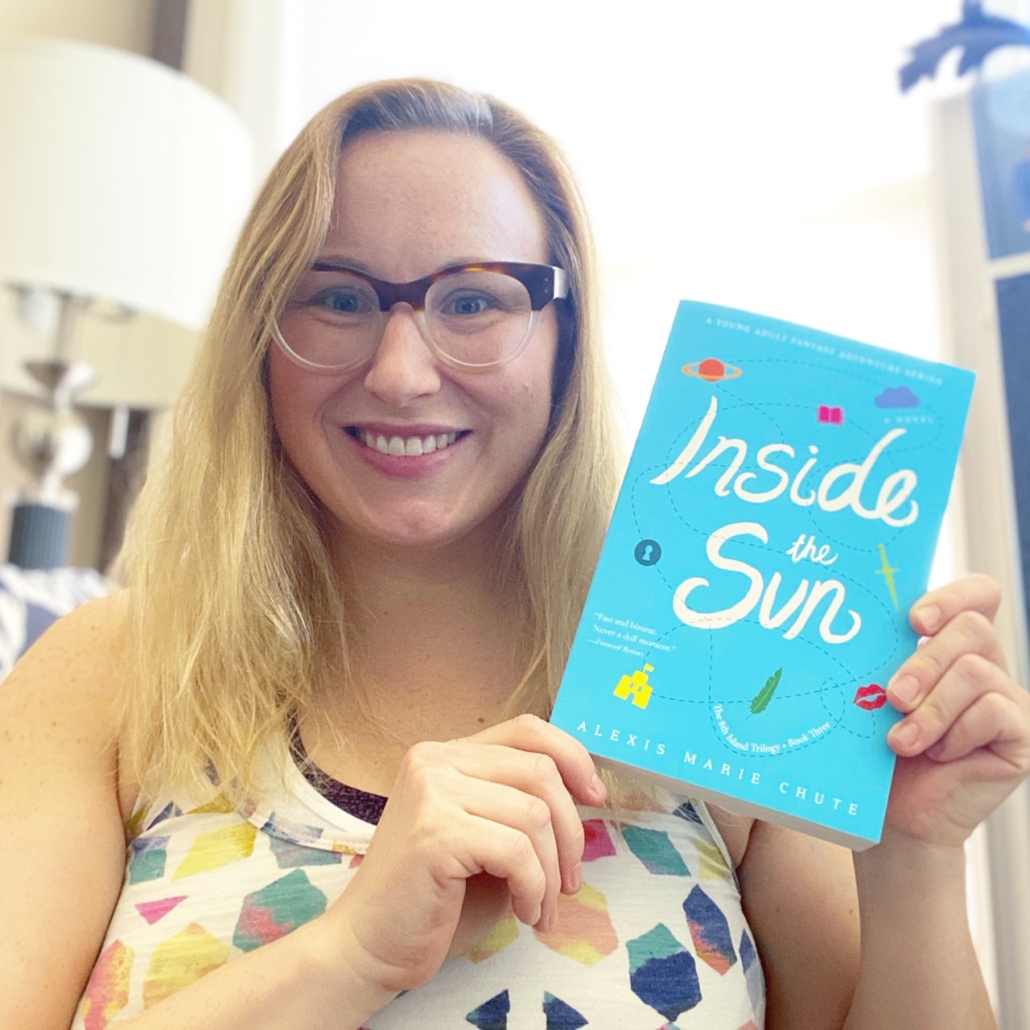Rejection as a Badge of Honour
Not many people I know talk about how many rejection letters they’ve received. It’s not a popular topic. People would much rather discuss areas of their life that are going well; the job promotion, the award, the scholarship, the blossoming relationship… And who would blame them?
I, on the other hand, want to talk about rejection. Silly me, I know, but I’ve got rejection on the brain since my latest one arrived. When I was a young writer, rejection was a dirty word, a word I avoided at all costs in hopes of self-preservation. Now, after many years as a professional writer and artist, I have learned that rejection letters are a badge of honour. Let me tell you why.

Rejections reveal perseverance.
The writer is writing, words are being put to paper, there are ideas being explored. This is the first hurtle of every creative person, to believe enough in one’s own work to create in the first place.
Rejections reveal courage.
The writer is brave enough to submit and query which in itself is a terrifying process likened to a blind date. The palms sweat but there is hope and curiosity – and who knows how it will turn out? It takes vulnerability and belief in one’s self to put the work out there. It’s admirable, commendable, and just plain heroic actually.
Rejections reveal humanity.
Most writers curse the form letter that arrives in the mail or, heaven help us, the email (I loathe rejection emails by the way – unless the query was sent by email in the first place.) I remember feeling terribly down, and shedding a tear on occasion, after receiving my early rejections. They stung – but that in itself was evidence of loving the craft, profession and the calling of being a writer. If it didn’t sting, it would show a writer cared little for their work.
Rejections reveal determination.
What is the writer’s response? Determination rises up in the face of the lost opportunity. It says, “Screw it. I’m not done yet!” and get’s back to work. It asks, “What can I do to improve my writing? Where should I send this query next? What of my writing would better fit this particular publication? How can I become even better at what I do?”
When I was a kid, Mom repeated a phrase to me over and over until I ate, slept and breathed it: If at first you don’t succeed, try and try again.
I am proud to announce that I have received over fifty (5-0!) rejection letters for my writing and artwork as of this week. I’m actually at 52 and that is just my record over the last few years where I’ve kept track. Fifty. 50. It’s an accomplishment. I stopped fretting over rejections at around the 30-mark and now just swear, sit once again at my desk and continue on.
The fiftieth anniversary gift is traditionally gold but for now a pat on the back will suffice. Yes, it’s my own hand doing the congratulating, it’s a good arm stretch really, a needed break from all the typing. Writing is a solitary act and if you can’t give yourself a pep talk, you’re in for trouble.
If I were to time travel back to my earlier self and offer encouragement, this is what I would say:
Keep writing. Never give up. The rejections will always bite but eventually you’ll learn to bite back. It does get easier. One day at a time. Success is for those that believe in themselves and their work. Good luck!
How many rejection letters have you received? How do you cope?
Never Give Up
The saying goes:
“If at first you don’t succeed, try, try again.” – Anonymous
My version, and you can quote me on this:
“If at first you don’t succeed, try, try, try, try, try again a thousand times. If then, you still have not succeeded, try again a thousand times more.” – Alexis. Marie Chute
What Carolyn See and the Labyrinth can teach us about responding to Rejection Letters
One of the most challenging aspects of being an artist and writer is getting your work out there. Submitting to galleries or publications, followed by the torturous wait, is certainly more stressful than actually creating the work in the first place. Add to the struggle the subjectivity of creative art fields and the fact that you could catch the curator or editor on a bad day thereby cementing the likelihood of them mailing back to you the generic rejection letter that makes us all cringe. Or better yet, the rejection email. I am blown away by a response to a submission via email – Where is professionalism these days? Are not the laborious hours that go into a submission worth one piece of paper and a stamp?
No matter how many times you chant to yourself, “Thick skin, thick skin, thick skin,” each rejection cuts deeply and wounds our artist heart. Somehow it feels like a rejection of not only the art but the artist as well. It is easy to get discouraged, mope around the house, polish off a pail of ice cream and mourn the opportunity like a relationship.
“You are really great, but there are lots of fish in the sea and I just don’t think you are right for me. Can we still be friends?”
AKA
“We have received an unprecedented number of quality submissions and unfortunately you have not been selected. This does not reflect your work. Please visit the gallery again soon.”
I do have a plan for dealing with these unpleasant rejection letters. What is my secret weapon? It’s as profound as it is simple and holds the power to completely change the vibe upon rejection.
Simple answer:
Carolyn See’s charming notes combined with the movie the Labyrinth.
Long answer:
In the book, “Making a Literary Life, Advice for Writers and Other Dreamers” by Carolyn See, there are many useful tips, but one of the best is See’s admonition to write charming notes. She has a whole chapter on what she recommends be a daily practice of writing a charming note to an individual that inspires you or to professionals in your field, but later in her book she talks specifically about rejection.
See suggest that we immediately, within the very hour of reading the rejection letter, write and mail a charming note back to the person who sent it to us. It is a simple note, something like, “Thank you for your rejection letter. I appreciate the time you took to review my submission. I wish my work had worked for you right now but I will send along more shortly.”
The important part of this process is the shifting of power. When the rejecter sends you their form letter, the power rests in their hands. It’s almost like them having the last word. No one should have the final word on your art but you – that is my firm belief. What See suggests is that writing a charming note back immediately shifts the power, a highly spiritual act that puts you back in a good state mentally and emotionally.
I have done this for my last handful of rejection letters. Upon first reading the words “Unfortunately your work has not been chosen,” the whole physiology of my being seemed to deflate, but once I sat down and wrote out a response, even if words were hard to find, I instantly felt like I could breathe again. It was as if I could let it go once I took the power back into my own hands.
“I have the final say on my artwork, I believe in myself, I create the life I wish for myself.” This is my personal mantra.
Remember the movie Labyrinth from 1986 starring Jennifer Connelly as Sarah? It’s an oldie but a goodie. The basic plot is that Sarah must run through a nonsensical labyrinth to save her baby brother Toby from Jareth, the Goblin King, played by David Bowie. Close to the end of the movie the glass shatters on the Goblin King’s pretty illusions when Sarah comes to the great revelation, “You have no power over me.”
I have watched the Labyrinth a hundred times and will never forget Sarah’s realization and in a silly yet intentional way I say it to myself once I read a rejection letter, I say it to myself upon filing it away, I say it to myself as I write a charming note back to the sender and I say it to myself every day as I choose the life I wish to lead. “You have no power over me” and they don’t.














